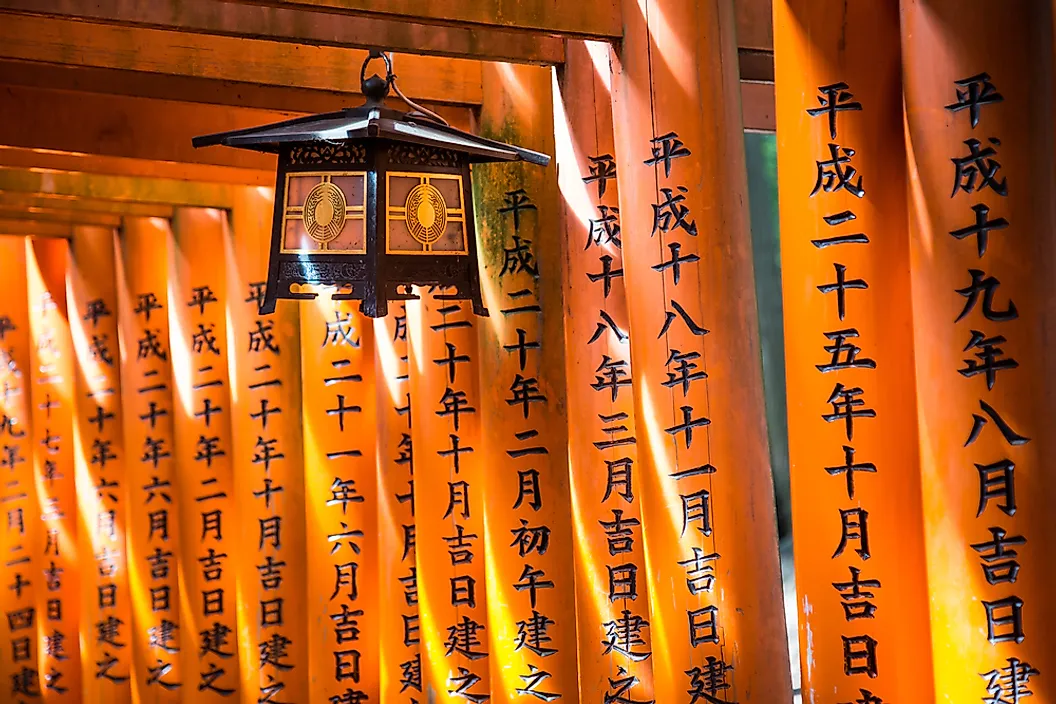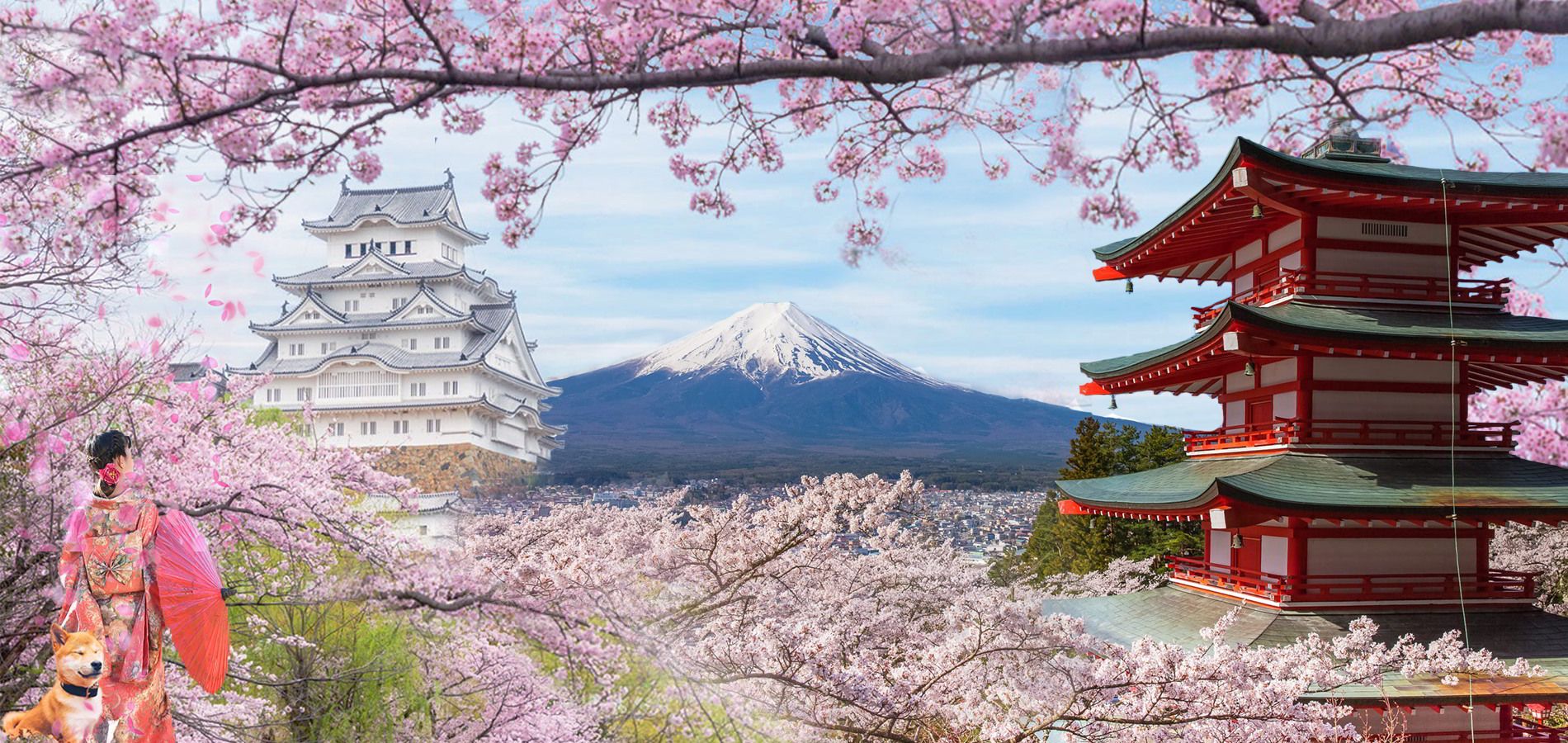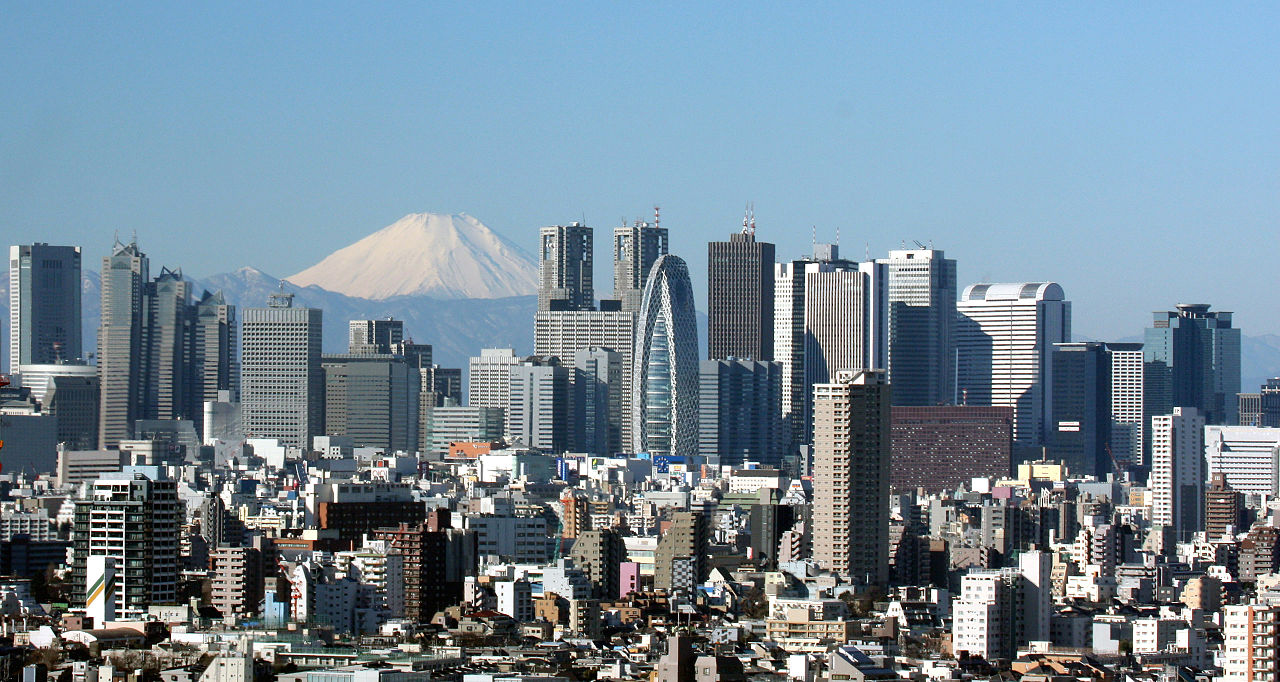Japan, island country lying off the east coast of Asia, has a total area of 377.815 km². It is located in East Asia and is bordered by the Sea of Japan to the west, the Pacific Ocean to the east, and the East China Sea, Philippine Sea, and Taiwan to the south. From north to south these are Hokkaido, Honshu, Shikoku, and Kyushu. In addition. Beside there are numerous smaller islands. The national capital, Tokyo, in east-central Honshu, is one of the world’s most populous cities.
Japan Climate
Temperatures in spring are warm and the famous cherry blossom is out during this time. Summer begins in June with rainy season. In autumn is characterized by light breezes and cooler temperatures around 8-10°C, whereas winter is quite dry and sunny, days are cool and crisp.
Japan Population
The population of Japan is 122,997,600 people that is equivalent to 1.53% of the total world population. The majority of the population lives in the following regions:
- Honshu: 81%
- Kyushu: 10%
- Hokkaido: 4.2%
- Shikoku: 3%
- Okinawa Prefecture: 1.1%
With almost 30 percent of its population being elderly inhabitants, Japan is considered the “oldest” country in the world today.
Economy of Japan
Economy of Japan, third-largest economy in the world, as measured by GDP. Japan has a market economy that grew extraordinarily quickly for several decades after World War II.
The economy of Japan is a highly developed/advanced social market economy, often referred to as an East Asian model. Japan is a member of both the G7 and G20.
Japan is the world’s second-largest automobile manufacturing country. Japan formerly had the second-largest assets and wealth, behind only the United States in both categories, until it was surpassed by China in both assets and wealth.
Japan Religion
Shinto and Buddhism are the two main religions of Japan. Shinto, as old as Japan, is practiced by most Japanese people. Buddhism arrived in Japan in the 6th century, and nowadays Japan has more than 90 million adherents.
Japanese Buddhism derived from Mahayana Buddhism, and it developed into Zen Buddhism, which emphasizes meditation and sudden enlightenment.
National Flag and Anthem

The Rising Sun Flag and “Kimi Ga Yo” are respectively the national flag and anthem of Japan. This was formalized in 1999 with the Law regarding the National Flag and National Anthem
Politics of Japan
Politics of Japan are conducted in a framework of a dominant-party bicameral parliamentary constitutional monarchy, in which the Emperor is the head of state and the Prime Minister is the head of government and the head of the Cabinet, which directs the executive branch.
Japan Manner and Custom
Japan has a fascinating and multifaceted culture; on the one hand it is steeped in the deepest of traditions dating back thousands of years.
“Omoiyari” is spelled with the kanji for “thought” and “send” or “do.” Omoiyari is the Japanese way of saying, “Put yourself in someone else’s shoes.” That show how Japanese are kind and polite, it’s a way to show respect and dignity to the other person.
Vehicle in Japan
Japan has an efficient public transportation network, especially within metropolitan areas and between the large cities.
Japan’s public transportation system consists primarily of trains, subways, and buses. Other forms of public transportation include the shinkansen bullet train, car rentals, and even river and sea transport, but they’re usually reserved for long way.
TUE LAM VJC CO., LTD
Tax Code: 5801503727
Hotline: 0961.653.368
Email: tuelamvjc.edu@gmail.com
Address: Number 114 Xo Viet Nghe Tinh, Ward 8, Da Lat City








.jpg)
.jpg)